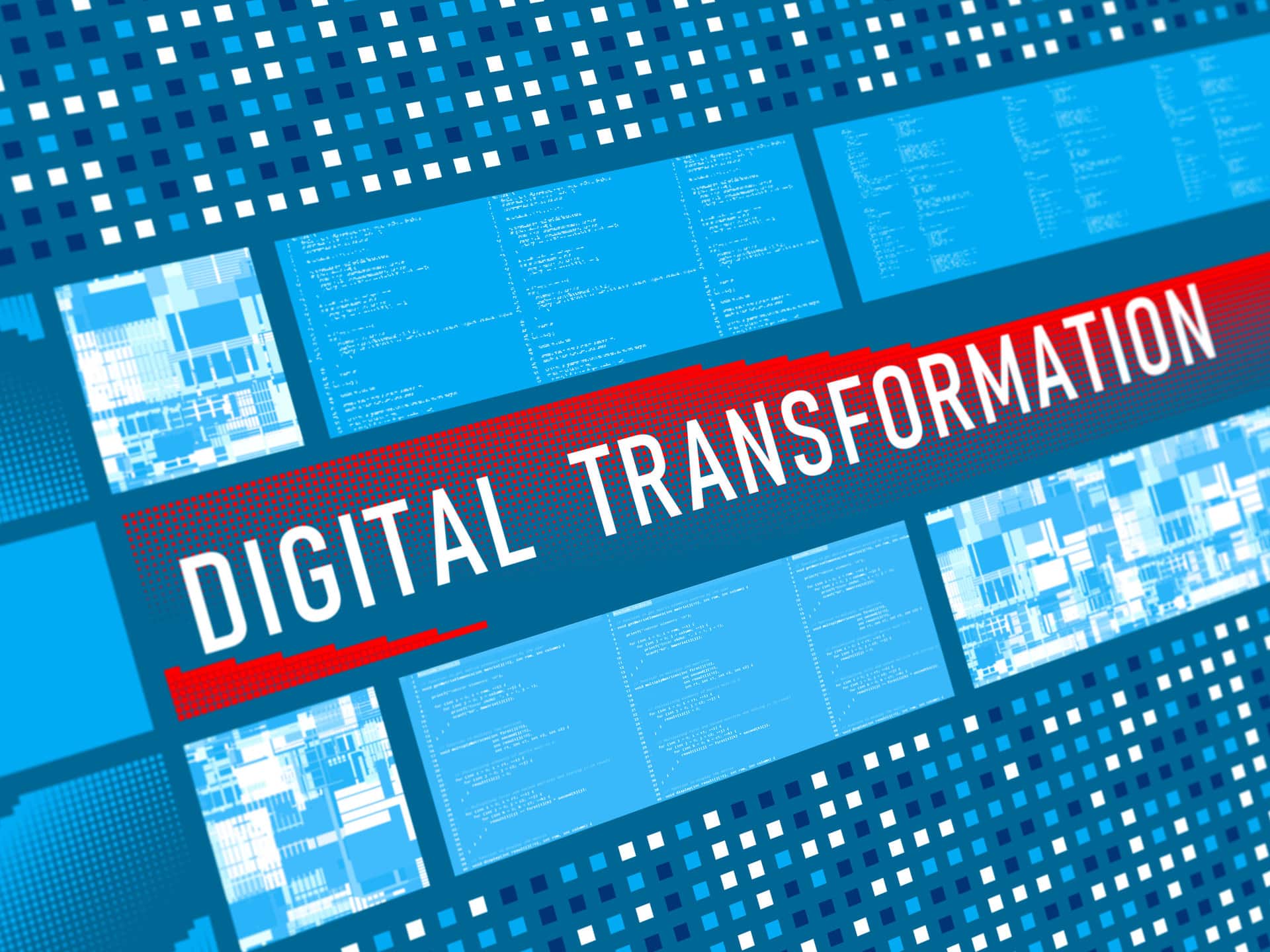By Tony Nicoletti, VP of Business Development, DPL Telematics

The necessity to transition to digital construction is pressuring businesses to act as the uncertainty and complexity surrounding construction projects grow daily. In truth, the construction industry is long overdue for digitalization, and the pandemic has proven to be a driving force. In the modern era, where the necessity of real-time collaboration is crucial, construction technology is proving to be an engine of change.
Contractors and subcontractors from all industries have many solid reasons to adopt construction technology since the sector is experiencing a perfect storm. The construction industry has historically been hesitant to adopt new technologies. Still, it is poised to see the adoption of several digital ones, such as machine learning, workflow robotics, 3D printing, and building information modeling.
With over 3.75 million construction businesses in the U.S. alone, digitalization in the construction sector would give way to advantages such as increased company innovation capacity, profitability, and productivity.
In this article, we’ll look at how digital transformation is bringing about a new era of construction with improved efficiency and communications.
Increased Productivity
Human error is a common problem with conventional, analog approaches. They cause processes to lag, offer no practical means of data collection and/or analysis and are expensive to store. Additionally, these systems tend to overburden management and place pointless administrative demands on workers in the office and the field. Having construction procedures and forms in the physical world also makes communication errors more likely.
As a result of being overburdened with paperwork and managing inefficient, chaotic processes that no longer benefit their company, many organizations ultimately need help to scale their operations. Companies can benefit from using digital tools by reducing human error and optimizing their business operations. The correct technological solutions can increase productivity by removing pointless tasks and improving organizational communication and reporting.

Improved Safety
Digitalization may also make the construction site much safer, which is one of its most significant advantages. This illustrates the requirement to obtain important information about a job location. It can be an inoperable machine or a condemned structure requiring more investigation.
Rather than sending construction workers in and risking their health and safety, digitization can solve this problem. Sophisticated sensors, laser scanners, and many other gadgets can help capture the information instead.
By doing this, people are kept safe, and the data is gathered as accurately as possible. It’s a terrific method to increase productivity while maintaining safety at the forefront of your business operations.

Customer Communication
Digitalization extends beyond the actual construction site. For a construction site to work smoothly, teams must communicate easily. According to a recent survey, communication issues between construction teams and clients are to blame for over half of all reworks. Additionally, workers in the construction industry generally lose nearly two full working days each week. This loss occurred due to their time being used to research the project and resolve simple problems.
Digitization and newly developed technologies can reduce these problems. A single data hub is all you need, saving you from sifting through documents and looking for information. Your team will have simple access to information, such as scheduling and anticipated reworks. Better productivity and less time spent fussing over pointless challenges can bring about an increase in information flow.
Better client communication will make it easier to identify problems as they arise. Observing the information in real-time and at longer distances will be possible, ensuring everyone is aware of the task. There will be fewer reworks, and everything will function much more effectively.
Marketplace Competitiveness
Nowadays, while analyzing bids, developers and owners consider the tech stack of the prospective contractor. Clients like to collaborate with businesses that will finish a job on schedule and within their specified budget. Even if the contractor’s proposal isn’t the lowest one, owners are increasingly choosing those that use technology to ensure that occurs.
Technology correlates to increased project visibility for clients. Delays in billing and reporting are no longer acceptable. And they shouldn’t be, either. Today’s technology enables businesses to gather time, work expenses, and project progress in one location. Project managers, and subsequently clients, receive accurate real-time estimates of labor and production costs thanks to data that is frequently gathered on the spot and connected with an ERP system.
Endnote
Construction companies are experiencing a tremendous transition due to the pandemic, and adopting new technology is the only way to accept the “next normal.” Construction managers can create new operational and commercial models and radically remake themselves thanks to digitalization. This is the only way to get past the inefficient procedures that hinder industrial production due to poor communication and erroneous project data. Using construction technology, one can take advantage of the fantastic financial opportunities that 2023 will provide.
Companies that become comfortable with the new normal will effectively ride the wave and develop a competitive advantage and value. Additionally, the construction sector will gain significantly from digital transformation, so construction companies must take bold and quick action. Only construction companies may choose where to play and how to act as 2023 draws closer since the reward is so substantial.

Tony Nicoletti is VP of Business Development for DPL Telematics. DPL Telematics is a leading provider of advanced asset monitoring, GPS, and telemetry technologies for the construction, agriculture, rental, mining, rail, fleet, and oil-field industries.
